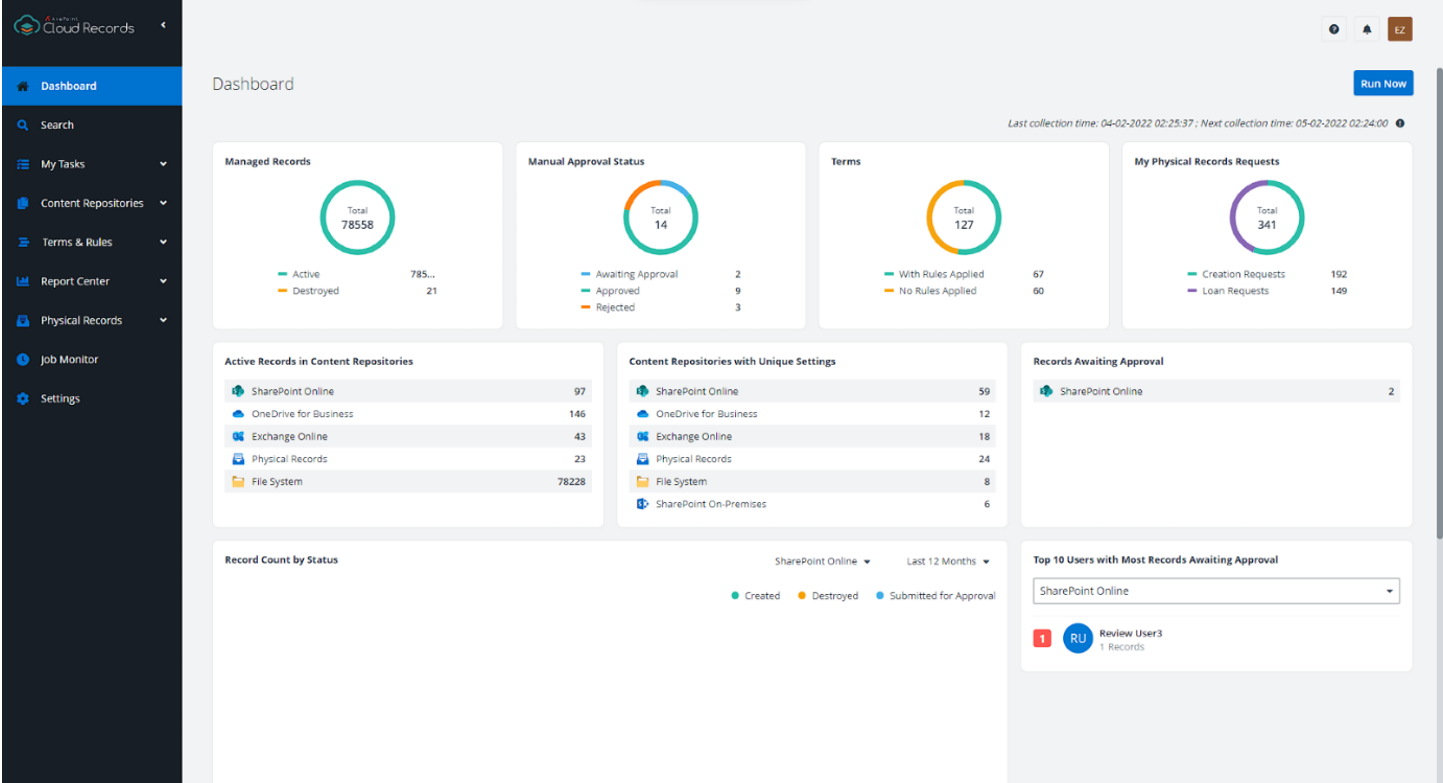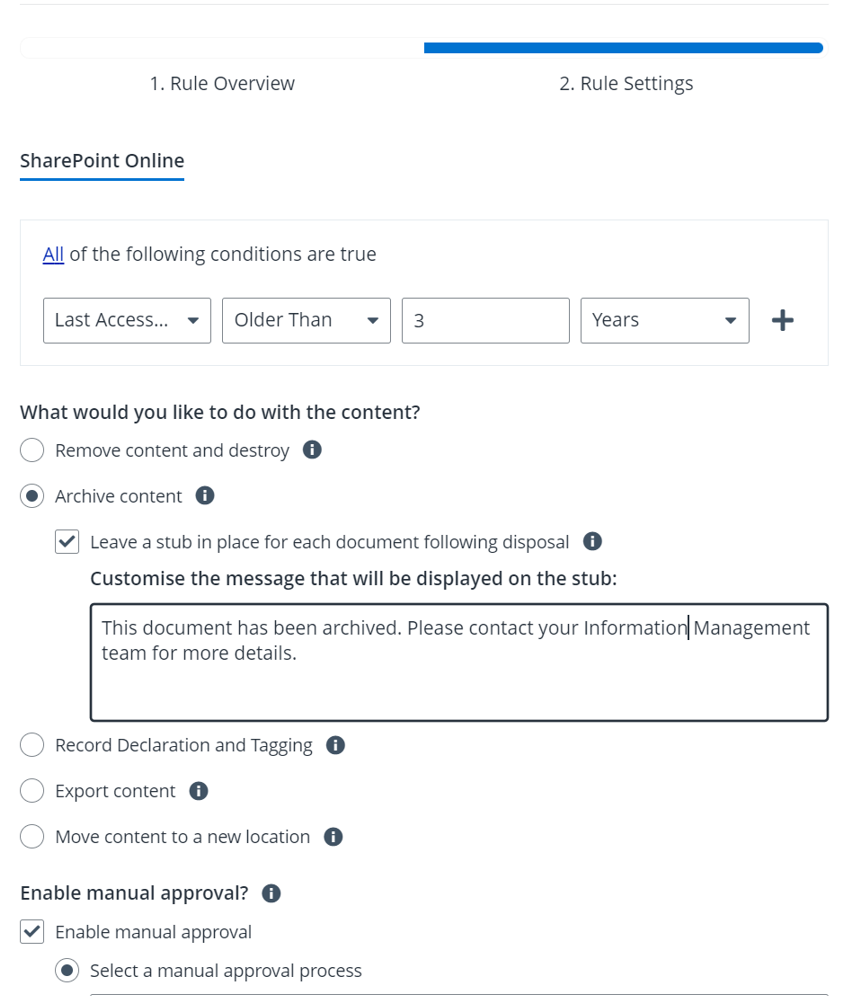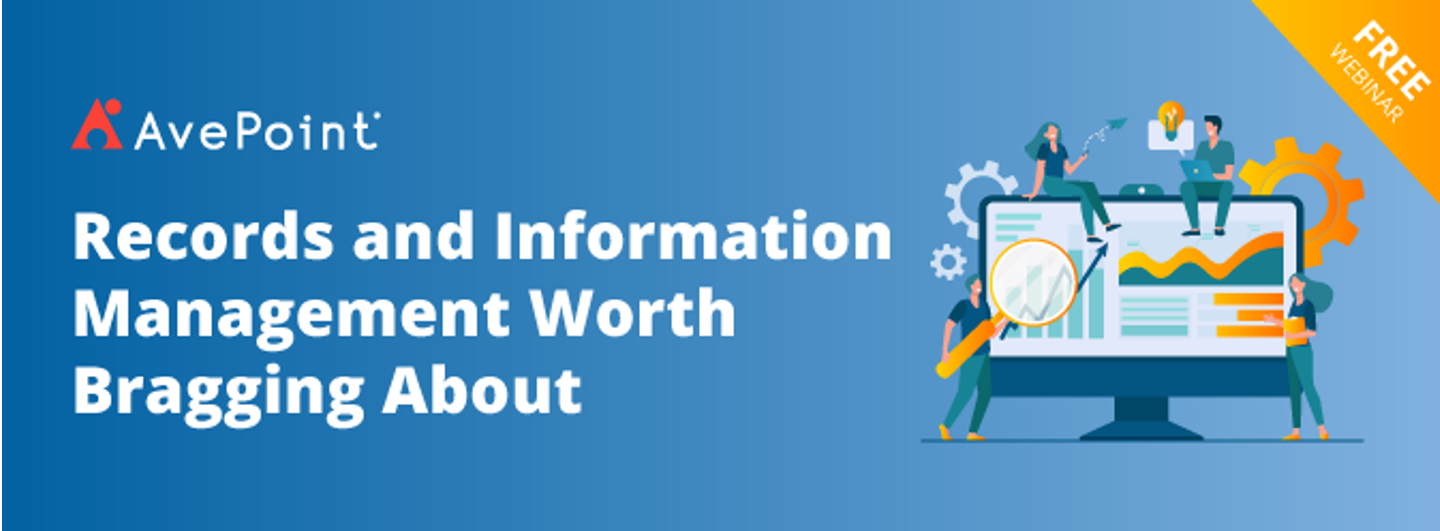The Storage Challenge: 3 Considerations for Information Managers

If I had a dollar for every time a “technical” person had said to me “We’ll just buy more storage” or “Storage is cheap,” I’d be living my best life on an island somewhere sipping drinks from a coconut. And to be honest, I’m not actually arguing with the truth of the statement. Storage is cheap.
You know what’s not cheap, though? The management of that storage and everything in it. What was never considered when making proclamations about the relative inexpensiveness of storage was the cost of managing said storage.
I’ll even concede (there’s a rare statement from me!) that maybe this wasn’t as significant when we worked primarily in an on-premises world. When a server got too full, we could just add more storage to existing servers or go buy another one. So this isn’t a problem that is brand new, but it is a problem that has become more pressing since the world moved rapidly towards cloud-based solutions and storage.
But let’s take a step back here. We need to acknowledge that the world of work has changed considerably as well. What once was a quick conversation by the water cooler has now become a Teams message accompanied by the odd gif. Even our documents have become larger as graphics have become more sophisticated, so too have our document sizes. And while once we might have worked outside a corporate system in drafting documents and then saving the final version in the correct system (or…you know…just leaving it where it was), a collaboration platform now means that many hundreds of versions of the same document are saved in the place where it was created. We also now record more than we ever have before with things likes Teams meetings recordings taking up significant storage space.
Cloud collaboration platforms like Microsoft 365 have fundamentally changed the way we work—and the way we approach storage. Making matters worse, users are information hoarders at heart, especially in a digital world. Where we don’t have a physical storage location (like a warehouse), it’s easy to decide to keep something “just in case” because we can’t see the storage impact.
We have been filling up our “information houses” with content that is larger than it ever has been, and those houses are bursting at the seams.
Instead of dealing with the problem and cleaning out our information houses, we’ve just been stockpiling more and more. Some organizations may have started looking for cheaper places to store all the stuff we can’t bear to get rid of but moving things to a cheaper location does not solve the problem alone. It might make the problem less expensive, but the problem itself still exists.
The good news is that there’s a fairly simple solution to this problem—information lifecycle. In its simplest form, information lifecycle is the process of adding rules to content that dictate an action or outcome. This might be as simple as moving content to a new location (e.g., taking it out of a project Team when that Team needs to be retired) or it could be more complex like running a full defensible destruction process when the content reaches end of life. Cycling through our content means that we are removing content that is no longer required for business or legal and destroying them in a defensible way. By running regular disposal actions, we are continually freeing up storage to make room for the ever-growing avalanche of new content being created.
But what happens when our content needs to be stored for a long period of time? Longer than we’re willing to keep it in more expensive “active” storage like our collaboration platforms?
Until now, those of us in the information management space haven’t had to think too much about short-term archiving, one of the phases of the information lifecycle. While we have always had to consider long-term or permanent preservation, we haven’t necessarily had to address the requirements for a short-term archive.
A short-term archive holds content in a cheaper storage location where it might take more time to retrieve again, as opposed to a collaboration platform where access to information is almost instant. Many organisations will use something like Azure Blob storage for this purpose, transferring content that is not required for active business purposes so it can be kept until it’s no longer required.
This kind of data storage fulfills an extremely important need by being able to save money when compared to more active (and therefore expensive) locations. However, in most cases, when content is moved to this cheaper tiered or inactive storage, information managers lose access to it and can no longer interrogate it easily through search. This means we have information that we cannot manage effectively.
So how can we balance the need to reduce data storage costs while also maintaining oversight and management of the content throughout the course of its lifecycle? I have three suggestions for you:
- Implement information lifecycle actions in your environment and then make sure you action them! This is truly the only way to solve the pressing problem of rising storage costs. Content that is no longer required for business purposes must be destroyed.
- Employ a short-term archiving solution. It’s not realistic to keep everything in the most expensive tiers of storage. If the content cannot be destroyed and needs to be retained longer, we must find a less expensive place to keep it. This is nothing to be afraid of, providing we can maintain the management of that content while it’s in the archive location.
- Ensure your information lifecycle solution can be extended to apply actions in the archive location, as well as provide access to search the archive for content and easily and efficiently retrieve it (should this be required).

This is where AvePoint’s Cloud Records solution cements its place as modern information management solution. While Cloud Records has always been able to manage the information lifecycle of content stored in the more traditional active repositories, this functionality has been extended to consider archival repositories as well.
You can use Cloud Records to not only move content to an archive according to defined business rules, but you can apply additional lifecycle outcomes to the content once it reaches the archive. For example, you might choose to keep content active for 3 years after it has been accessed and then move it to an inactive repository. From there, you may choose to keep it in the archival source for another three years before running a disposal action. The good news is that you can search for and retrieve the content from the archival location whenever you need to.

Further to that, regardless of where the content is stored (active or inactive locations), you can search for and retrieve the content in the event that it is required. Maintain management oversight, no matter where that content is kept.
Storage growth is not a new issue, but it has been exacerbated by significant changes in the way we work. As organizations worldwide grapple with this growing phenomenon, records and information managers have an opportunity to impact the outcome. Thankfully, there’s a solution for that.
For more records management insights be sure to subscribe to our blog.
Alyssa Blackburn is the Director of Records & Information Strategy at AvePoint, where she helps organisations achieve business value from their information. In her role, Alyssa provides records and information consulting services as well as system implementations, allowing customers to optimise the structure of their information to maximize business benefits while meeting data governance and compliance objectives. With 20 years of experience in the information management industry, Alyssa has worked with both public and private sector organisations to deliver guidance for information management success in the digital age. She is responsible for the development of AvePoint’s information management solution, and has been involved with implementing our records management solution with government agencies and commercial clients. Alyssa is actively involved in the information management industry and has spoken at a number of events including at Inforum 2016 in Perth. She has been published in the RIMPA IQ magazine and recently won the 2016 award article of the year for the RIMPA IQ magazine for her article titled, "Why you need to think differently about information management."





